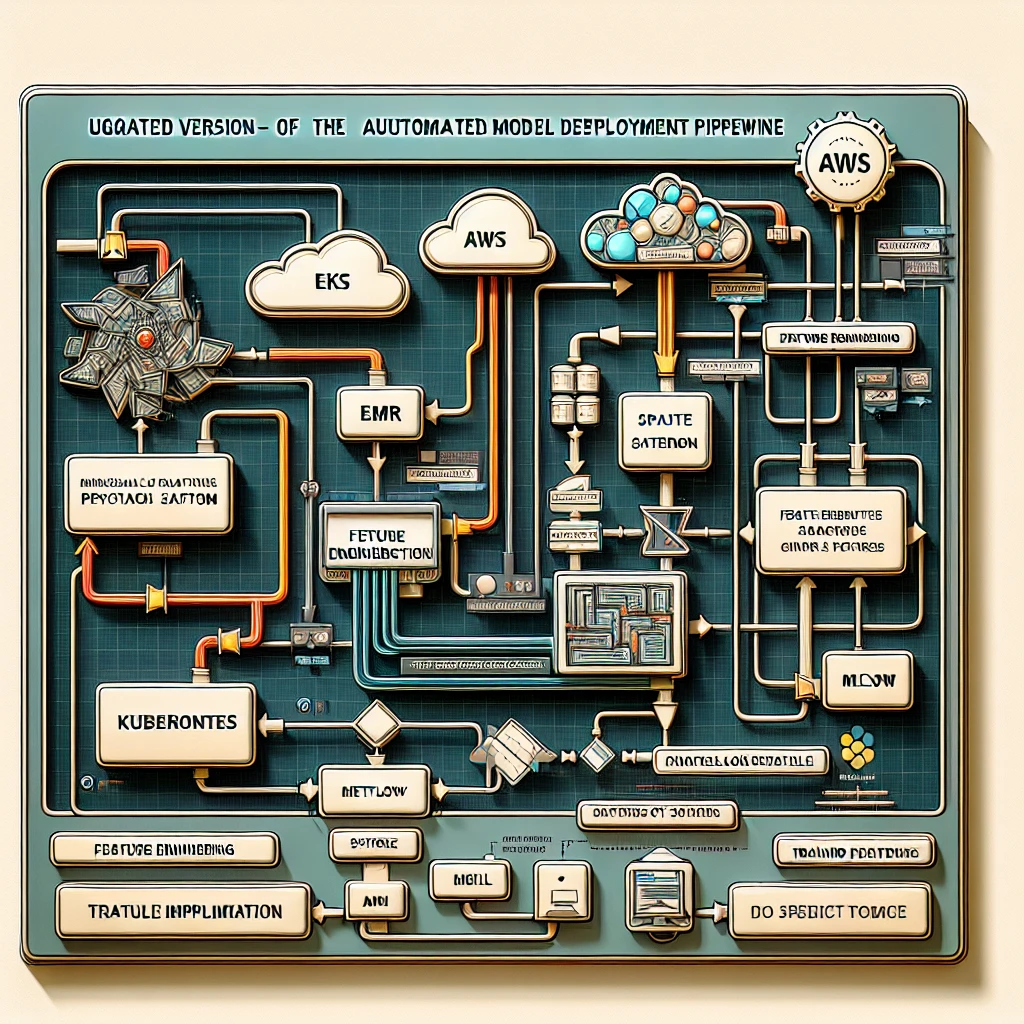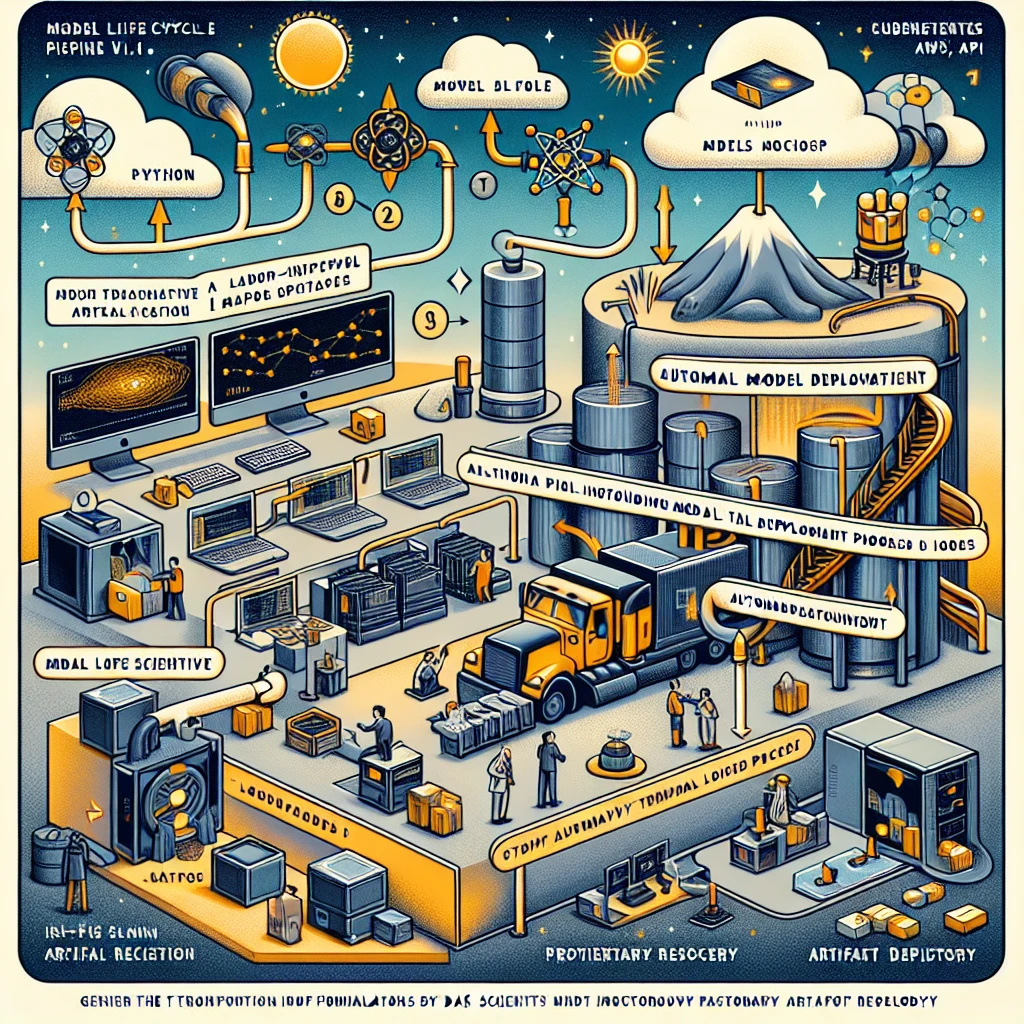
Sealify
I developed Sealify to demonstrate how large language models can assist with legal document drafting, focusing specifically on Non-Disclosure Agreements under South African law. The application takes…

BiteByte
I created BiteByte to democratize access to personalized nutrition planning that typically requires expensive consultations with dietitians or nutritionists. The application features a comprehensive …

ChatVitae
I developed ChatVitae as a personalized digital representative of my professional identity—an interactive AI that allows visitors to converse directly with my CV. Using a Retrieval Augmented Generati…
Protein Unfolding Pathways
The project is focused on the development of a novel way to approach protein folding pathways by considering a systematic geometric approach to unfolding a protein, and then folding it back up again …

Automated Model Training Pipeline v2.0
In the original project scenario, our data scientists had to undertake a laborious and time-consuming multi-step process before they could commence actual model training. Firstly, they needed to crea…

Automated Model Deployment Pipeline v1.0
In this project, I significantly enhanced our model deployment process, which had been a time-consuming and labor-intensive task requiring about a week of work per engineer for each model deployment.…

Model monitoring solution
In this project, I spearheaded the development of a model monitoring solution which drastically reduced data anomaly detection time from weeks to mere minutes. This was a significant enhancement for …

Automated Model Training Pipeline v1.0
In this project, I addressed a bottleneck in our data science workflow that was significantly limiting the data science team's productivity. Previously, our data scientists would manually launch an E…